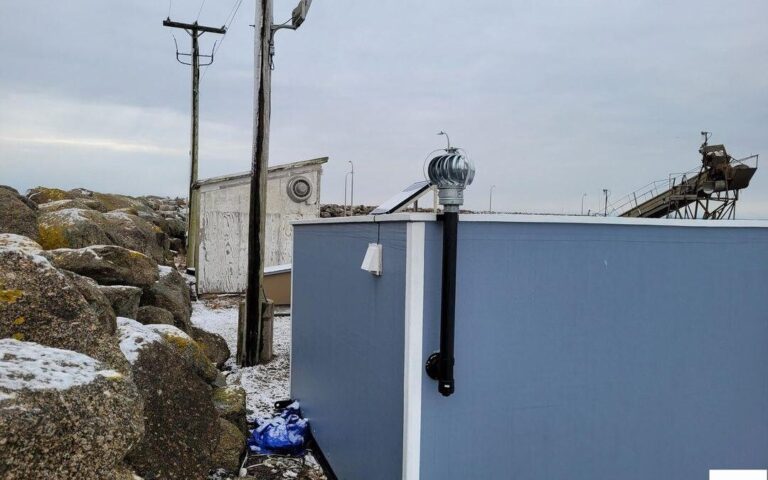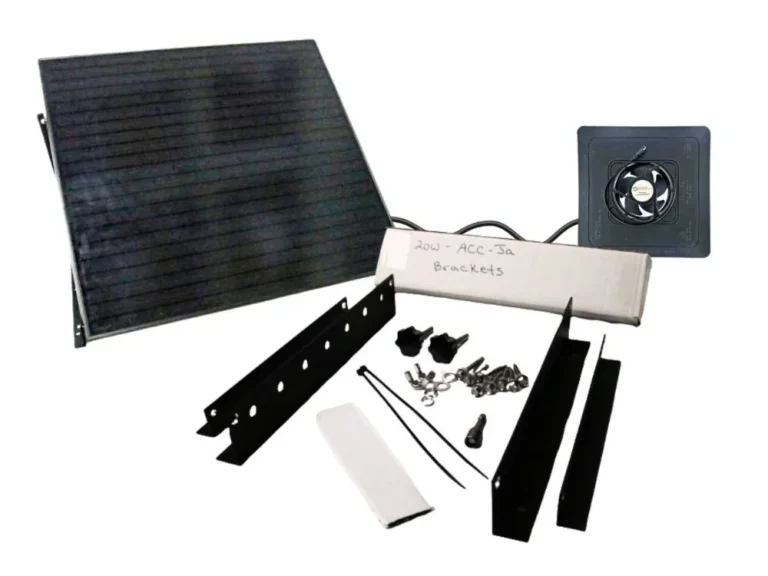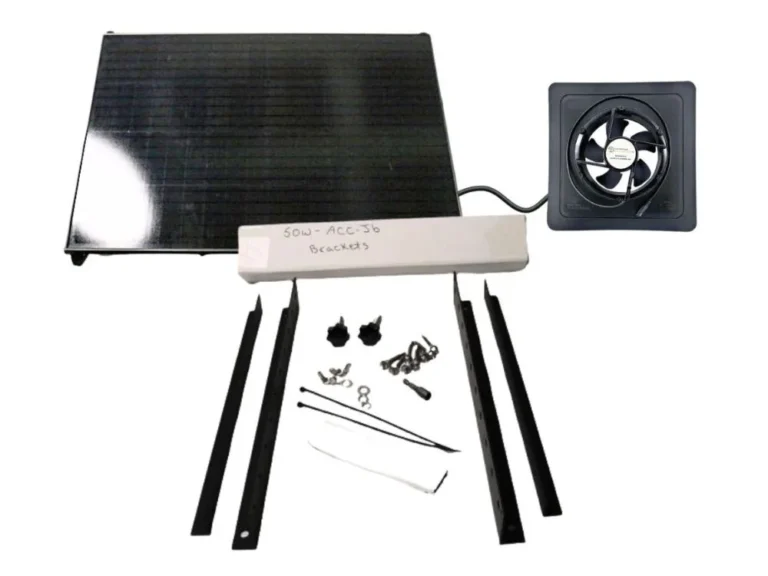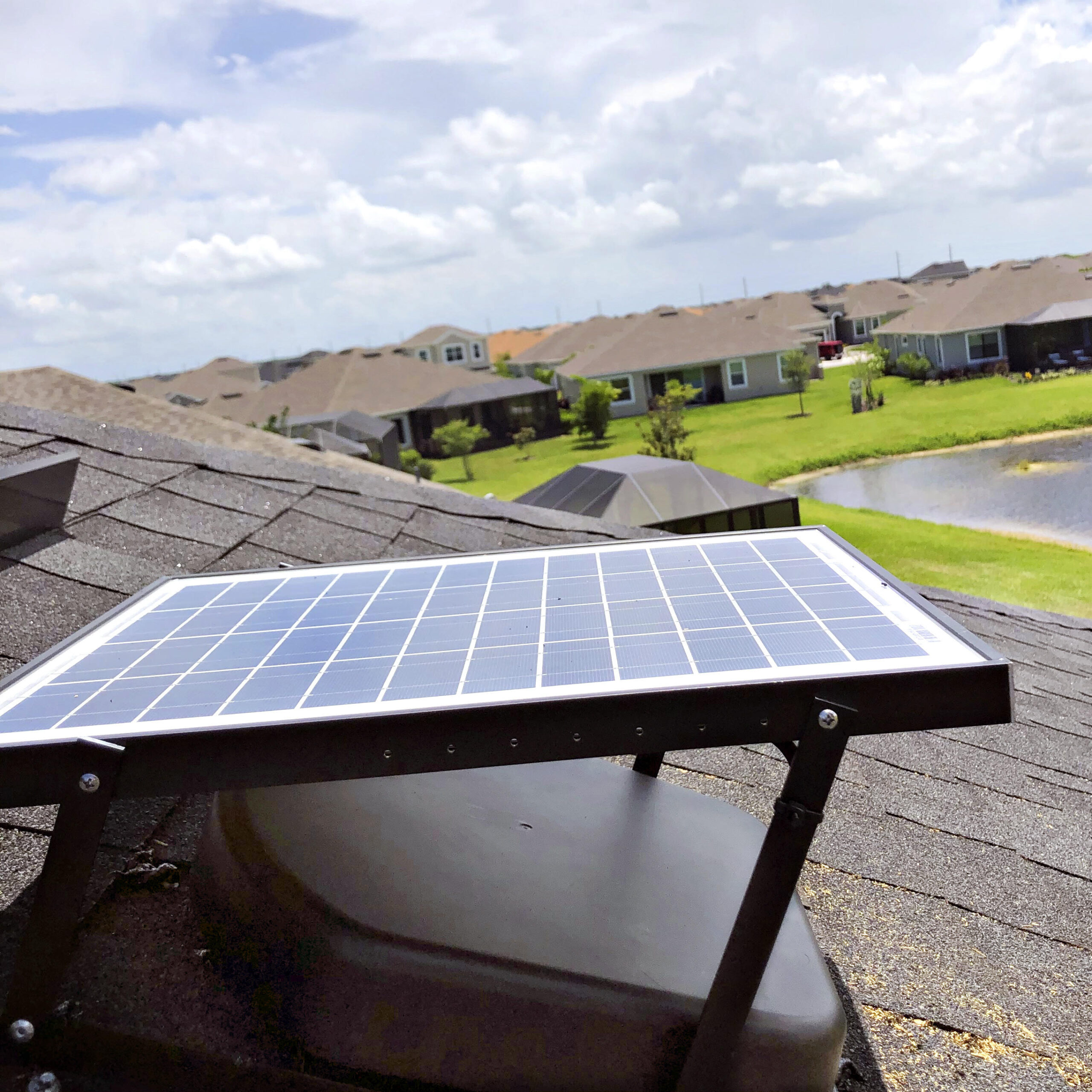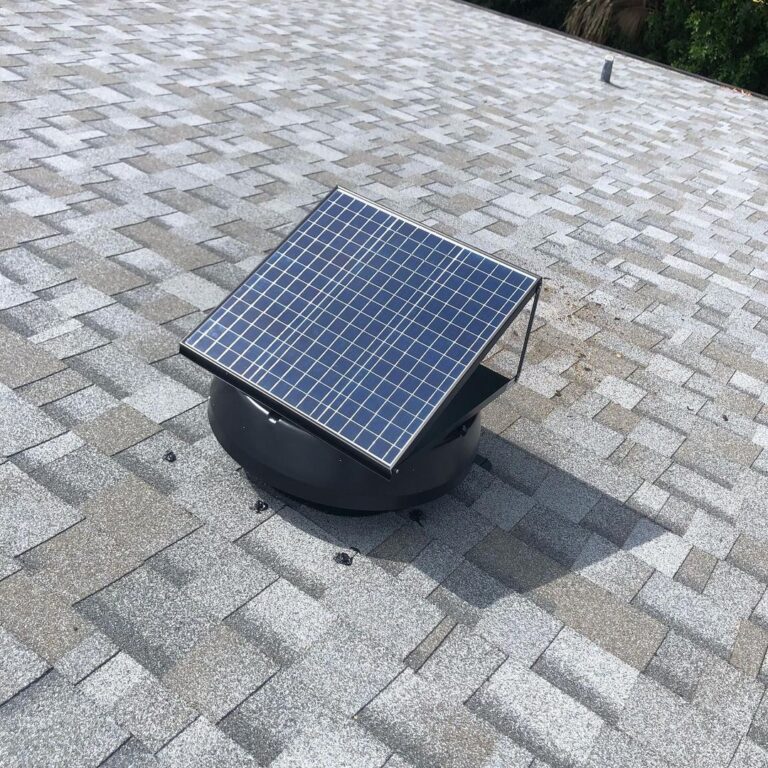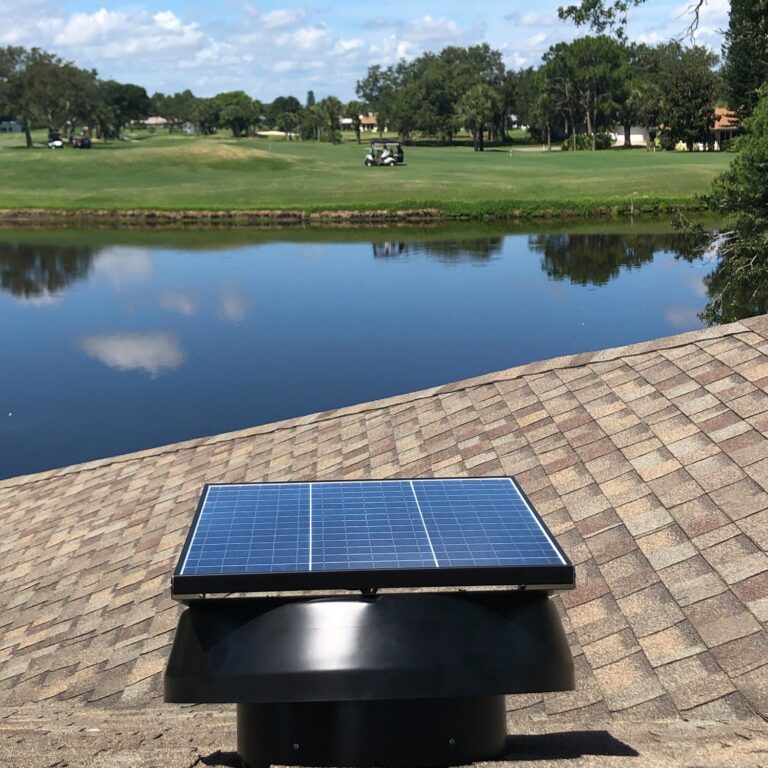Flat or low-slope roofs are commonly chosen for industrial, commercial and institutional buildings for their low cost and ease of construction. However, their design makes them notoriously prone to billions of dollars worth of water-related damage each year.
Unlike roofs with steeper pitches, flat or low-slope roofs are often exposed to moisture for longer periods of time. This is due to ponding of water after rainfall. While stagnant pools of water usually dissipate within a few days, flat or low-slope roofs typically drain much more slowly. As such, they stand to suffer much greater volumes of water-related damage.
Especially in the case of large commercial, industrial and institutional buildings, traditional roof inspections can be very complex to organize. They can also take months to carry out. Even newer leak detection methods like drone thermography goes through complex aviation regulations and weather considerations.
How serious is the risk of moisture for buildings with flat roofs?
Nearly half of all flat roofs develop serious problems just one year after installation, according to the National Roofing Contractors Association. When water gets trapped beneath roofing materials, the air becomes saturated with moisture as it evaporates. This in turn can lead to the development of problems like mould and mildew. Given the large size of most commercial, industrial and institutional buildings, the scale of repair bills and the liabilities of associated health hazards can quickly get out of hand.
In one costly example of water damage at a Florida courthouse, repairs ended up costing $24 million. This was more than twice the original $11 million it cost to construct the building. At least 14 courthouse employees submitted workers’ compensation claims for building-related illnesses. Further, an entire group of nearly 200 employees needed relocation while remediation took place.
How can solar attic fans help homeowners and small business owners?
Many smaller, flat-roofed structures like garages and storage sheds experience similar issues with water damage as well.
To be fair, solar attic indeed cannot fix the inherent problems of ponding water and poor drainage. However, popular models like iSolar Solutions’ 20W106-FLEX have proven its effectivity at pushing out moisture-filled air from within both residential and commercial environments. Over the years, solar attic fans like these have brought effective ventilation to flat-roofed buildings like solar kilns, portable office buildings at constructions sites, garden sheds and even outdoor toilets.
Even buildings with high-pitched roofs are not immune to the dangers of water damage.
Most houses may have roofs designed to shed snow and rainwater more effectively than flat roofs. However, they can still suffer from the same moisture-induced problems with mould and rot when leaks or ice dams form.
By pushing out moisture-laden air from within the attic of homes, solar attic fans can help homeowners drastically reduce the amount of mould, mildew and rot that may build up after years of exposure to rainfall and high humidity. The added ventilation provided by solar attic fans also helps extend the life of roofing materials in the long run.
Since solar attic fans do not draw power from the local grid, homeowners can enjoy the benefits of a ventilated attic without adding to their electricity bills.
Interested in learning more?
Achieving optimal airflow and moisture control requires an intricate knowledge of building science and roof design. To find out more about how a solar attic fan can benefit your industrial, commercial, institutional or residential property, please contact the experts at iSolar Solutions for more information.

